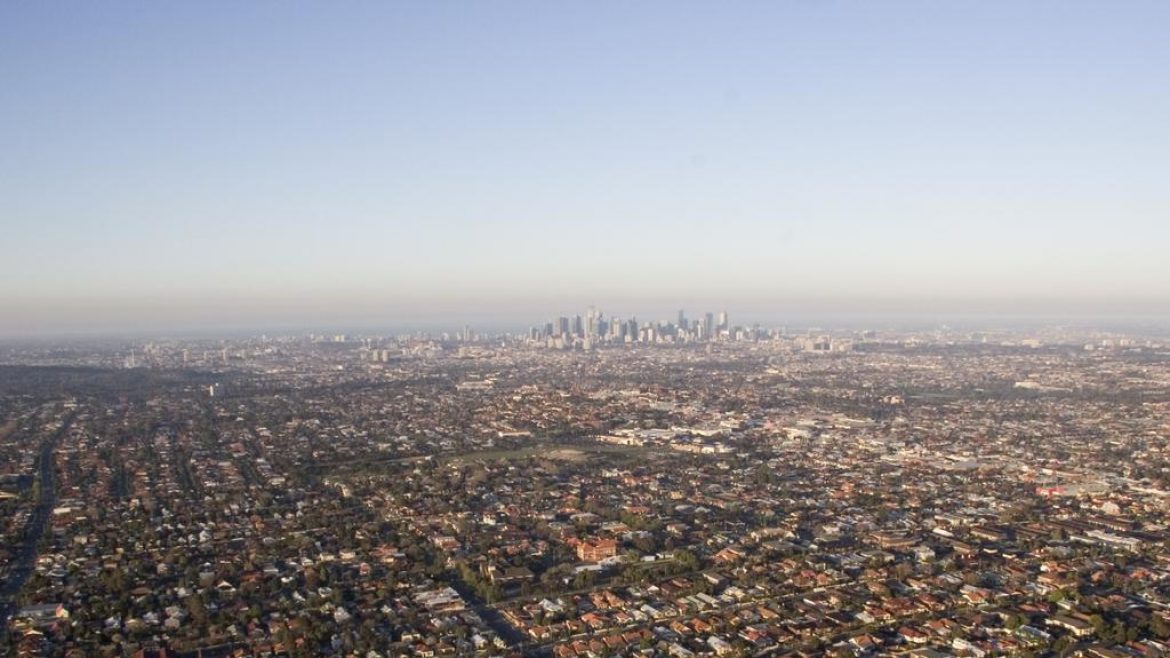Home values across Australia continue to remain remarkably resilient to the economic effects of COVID-19 with prices nationally dipping just 0.4 per cent in August.
According to CoreLogic’s Home Value Index, it was the fourth successive month of price declines. However the rate of decline is easing.
The slip in prices was led by a fall of 1.2 per cent in Melbourne and 0.5 per cent in Sydney, followed by -0.1 per cent in Brisbane.
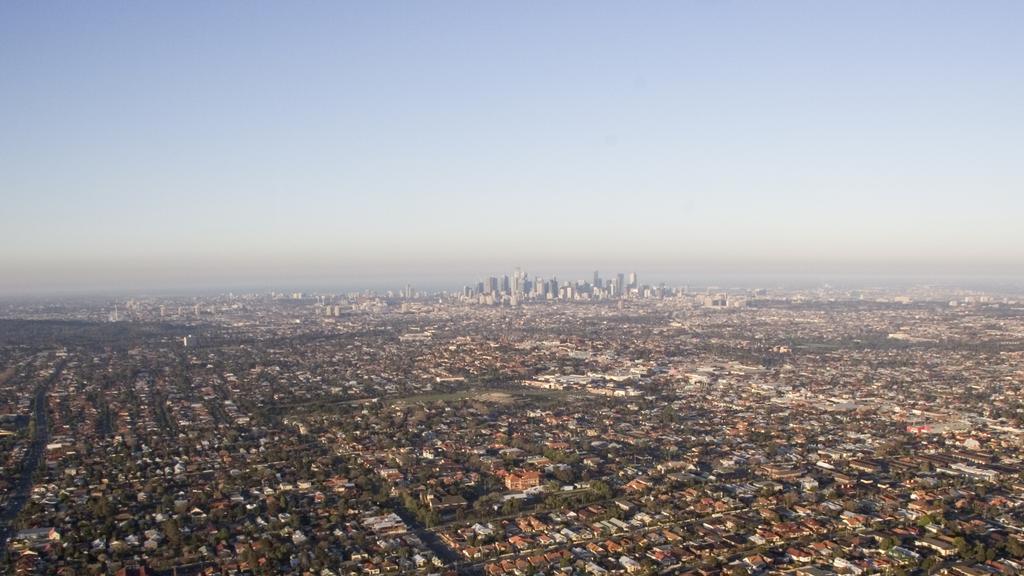
Melbourne’s housing market has been hit hardest by COVID-19.
In Adelaide and Perth prices remained steady while Hobart’s values were pushed up by 0.1 per cent, Canberra’s by 0.5 per cent and Darwin’s by 1 per cent.
The combined capitals fell 0.5 per cent, while regional areas remained steady.
MORE: How first-home buyers can cut 4 years off their deposit
Homebuyers rocked by lack of confidence
CoreLogic’s head of research, Tim Lawless said Melbourne, which is still under stage 4 restrictions, is the real estate market hit hardest by the coronavirus pandemic.
“Following a similar decline in July, Melbourne home values fell by 1.2 per cent in August, the largest fall recorded amongst the capital cities, demonstrating the impact of a worse viral outbreak relative to other cities, along with a larger demand side impact from stalled overseas migration,” he said.
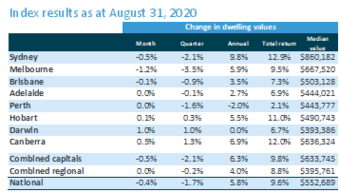
CoreLogic home values index August 2020.
“Through the COVID period to date, Melbourne home values have fallen by 4.6 per cent.”
Over the last quarter Melbourne home prices have fallen by 3.5 per cent but they are up 5.9 per cent annually.
In Sydney prices have fallen 2.1 per cent over the quarter but are up 9.8 per cent over the past year.
“The performance of housing markets are intrinsically linked with the extent of social distancing policies and border closures which also have a direct effect on labour market conditions and sentiment,” Mr Lawless said.
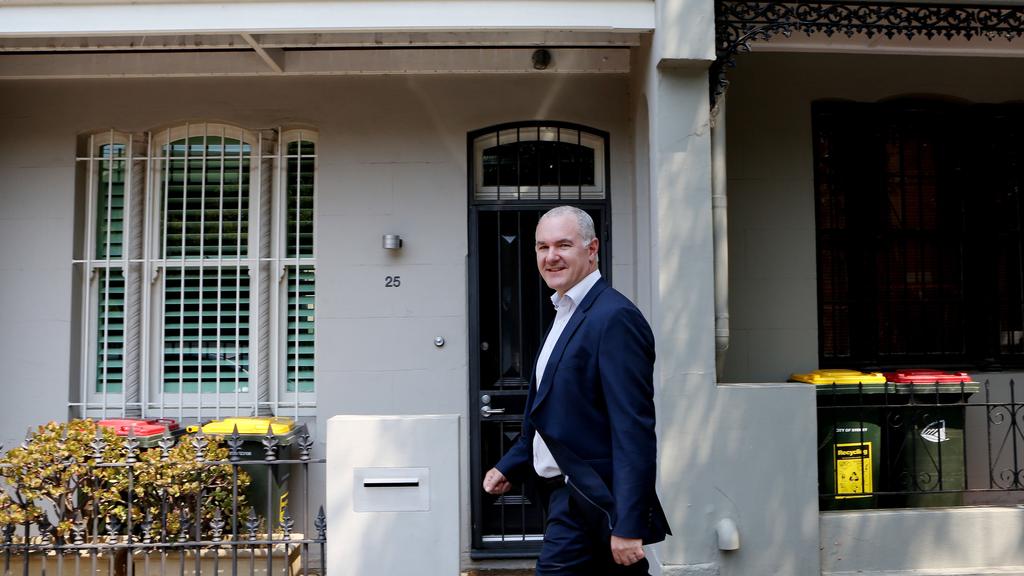
Weak economic performance is hitting Melbourne hard says Tim Lawless.
“It’s not surprising to see Melbourne as the weakest housing market considering the extent of the virus outbreak, and subsequent restrictions, which have weakened the economic performance of Victoria.
MORE: Byron Bay’s popularity with seachangers ‘peaking’
Australia’s most wanted streets revealed
The slowing rate of decline outside of Melbourne is a positive for the market. But as we move through the coronavirus period, real estate markets across Australia are set to splinter further.
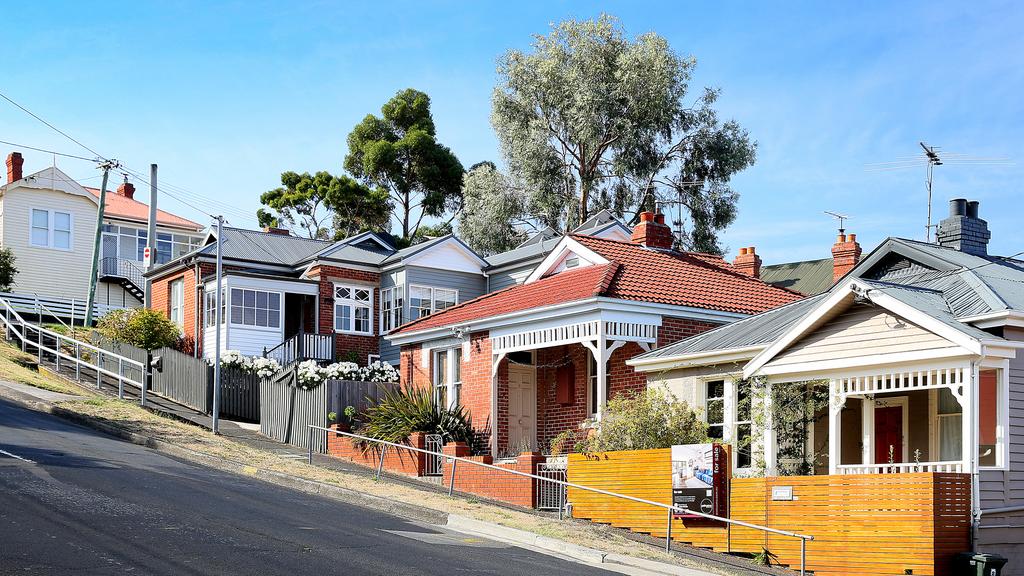
Hobart home prices continue to perform well. Picture: Sam Rosewarne.
“Looking forward we are likely to see a diverse outcome for housing markets around Australia, depending on how well the virus is contained and the regions exposure to other factors such as its reliance on overseas migration as a source of housing demand,” Mr Lawless said.
Much has been made of the spike in interest of regional areas due to COVID-19. Prices are holding in such areas because they are less reliant on economic and population growth.
“Unlike their capital city counterparts, which usually receive 85 per cent of net overseas migration, most regional markets have avoided the drop in demand caused by the pause in migration,” Mr Lawless said.
“Regional markets may also be appealing for their relatively low density and lower price points. The normalisation of remote work through the pandemic could make proximity to major cities less of a factor.”
Lack of stock holding prices
A lack of stock is a significant contributing factor in prices remaining stable.
“Through the COVID pandemic to-date, active listing numbers have remained extremely low, demonstrating both a lower than average amount of fresh stock being added to the market, and a strong rate of absorption,” Mr Lawless said.
“So far there has been no evidence of urgent or distressed listings starting to pile up.”
Sales activity fell by 1.9 per cent in August and CoreLogic expect Spring will not witness a normal selling season.
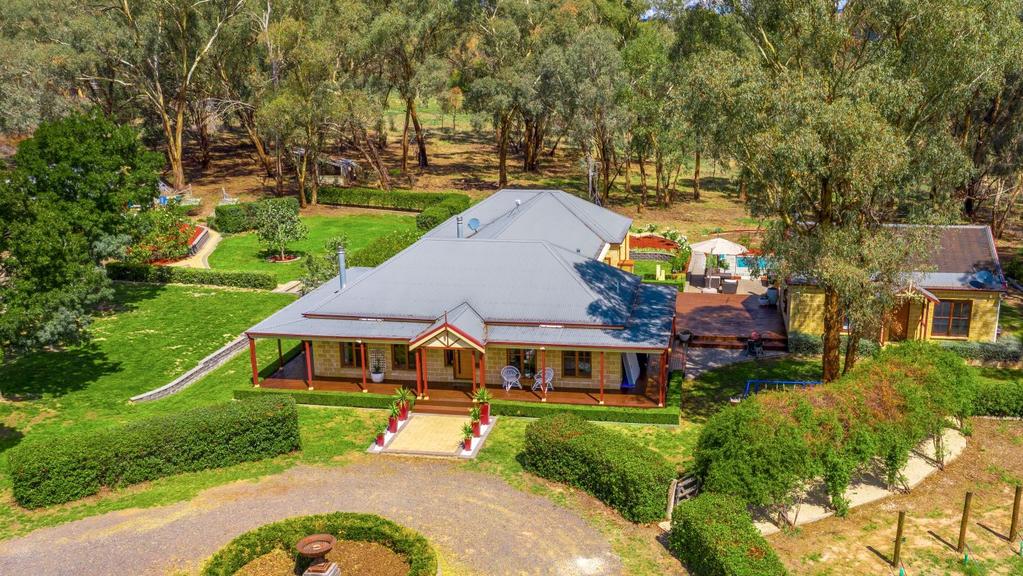
Regional property is highly sought-after.
“The spring selling season is likely to be less active than normal this year. Spring is a period where the housing market typically becomes more active, from both a sales and listings perspective. Heading into spring, the trend in advertised listing numbers and home sales is trending in the opposite direction,” the CoreLogic report said.
Rents holding up better than prices
Since COVID-19 hit rent values have been holding up better than home prices.
Capital city rents have fallen 1.4 per cent since March compared to the 2.3 per cent fall in home values.
However unit rents have fallen 3.5 per cent over the same period in the cities.
“Supply levels for rental grade units have surged over recent years, especially in Sydney and Melbourne, where high-rise unit supply across key inner city markets has remained substantially above average.,” Mr Lawless said.
“At the end of March there remained around 51,000 units under construction across NSW (+19 per cent on the 10 year average), and about 45,000 units were under construction across Victoria (+24 per cent above the decade average).”
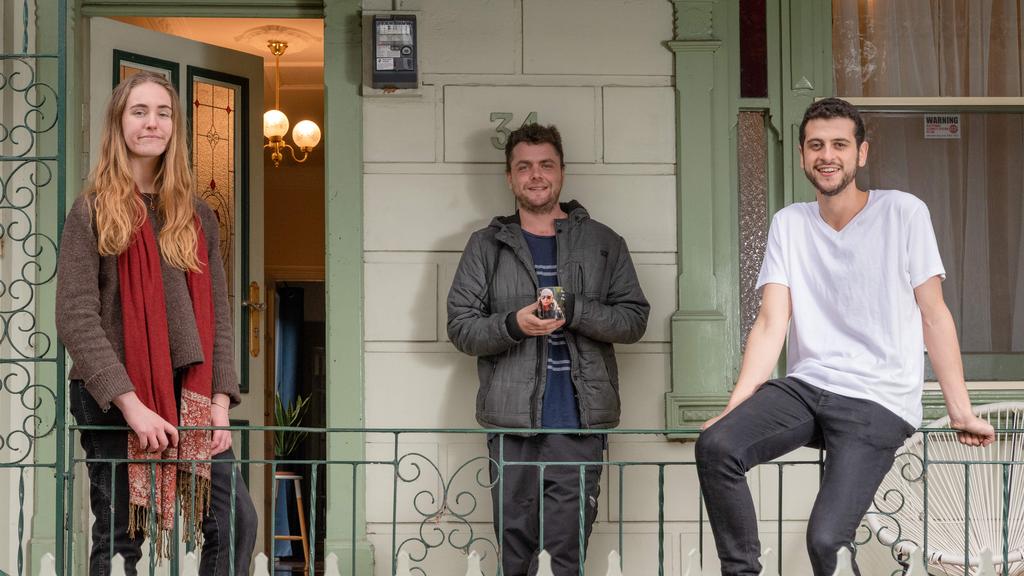
Rents have fallen the most in inner city suburbs. Picture: Jason Edwards
MORE: The suburbs we all want to live in
Radical way COVID-19 is changing our homes
“On the demand side, rental demand for inner city apartments has been significantly impacted by stalled overseas migration, including foreign students, as well as less demand from domestic students who are generally studying from home,” Mr Lawless said.
“Rental demand has also been impacted by weak labour market conditions across industry sectors common with renters, including the food, accommodation, arts and recreational services sectors.”
According to CoreLogic’s August report: “rental listings data shows advertised rental supply in select inner city areas has more than doubled between mid-March and early August. With high supply and weak rental conditions likely to persist, at least until international borders re-open, inner city investment unit values are likely to remain under significant downside risk.”
The post National home values resilient despite COVID-19 appeared first on realestate.com.au.

